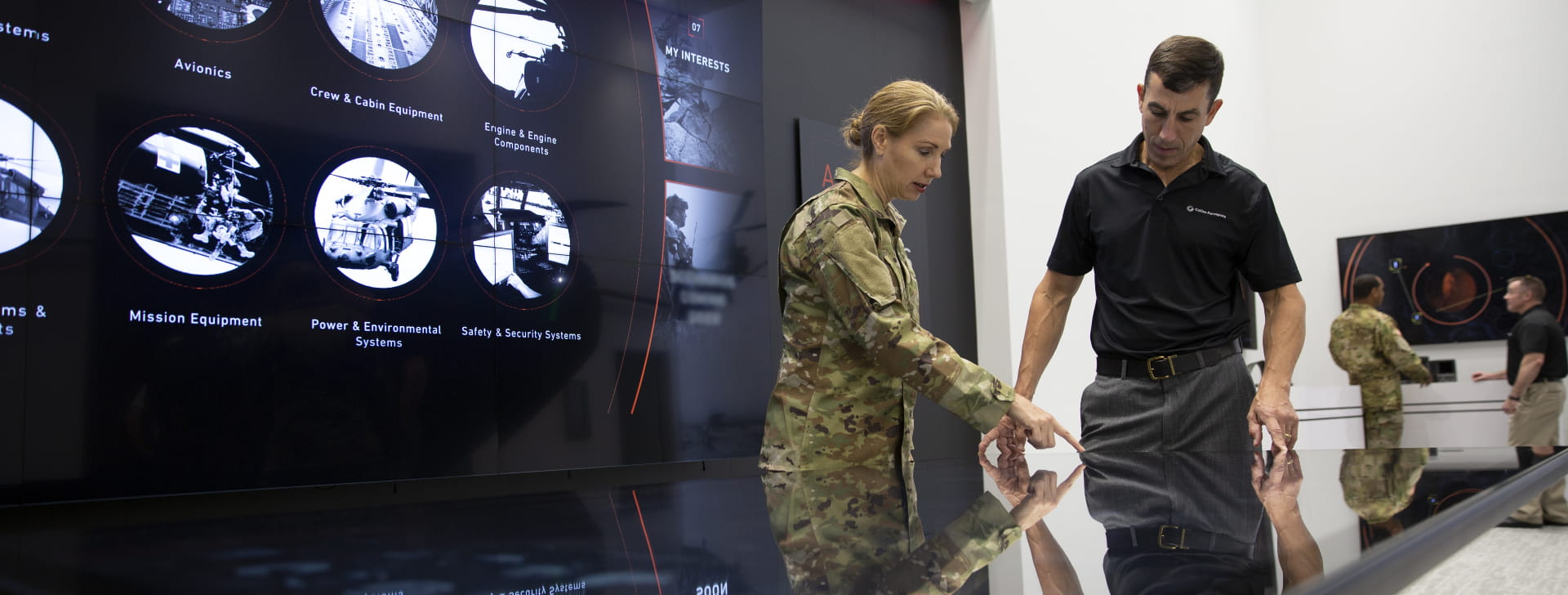 By John Esposito
By John EspositoVice President, Strategic Pursuits
Collins Aerospace
As part of the largest rotorcraft development program in the last 50 years, the U.S. Army requires nothing less than the most advanced technological solutions for Future Vertical Lift (FVL). While there are several challenging requirements, there are three critical elements that will help secure overmatch for the FVL program as well as ensure the current fleet benefits from the transformational technology the Future Attack Reconnaissance Aircraft (FARA) and Future Long Range Assault Aircraft (FLRAA) platforms will realize. With that in mind, we expect to see some major advancements along these key areas.
Leading open systems development
The development of a modular open systems approach (MOSA) remains a marquee requirement for FVL, ensuring the highest level of multi-domain battlespace connectivity and enabling faster integration of system technology as the mission evolves. It’s more than concept, however. Best-in-class suppliers need to demonstrate fully MOSA compliant systems – inclusive of integrated multi-vendor demonstrations – in order to supply the warfighter a foundation for a best-in-class digital ecosystem and satisfy the Army’s “fly before you buy” procurement strategy.
Our Huntsville, Alabama, Collins Aerospace site hosts a MOSA Center of Excellence inside our Customer Experience Center where we invite industry partners to test and demonstrate emerging open systems technology. It’s that industry-wide collaboration that is needed to develop the best-in-breed open systems architectures for this program and beyond.
Open systems are not only key to developing a seamless and easily upgradable ecosystem for FVL, they also provide an important growth path for current fleet platforms like the Black Hawk and Apache that can benefit from current and future upgrades as those platforms remain in service for decades to come.
Pushing boundaries for platform-wide optimization
The FVL platforms will need to deliver on speed, range and payload capacity like never before. This will require transformational solutions across the platform that reduce weight and drag to ensure optimal performance. From the materials used in design to the unique integration of systems and structures, nothing is off the table to optimize FVL performance.
Companies must challenge the status quo by leveraging multiple capabilities in different ways. Integrating systems across conventional product categories and boundaries, revolutionizing development with advanced materials, and eliminating waste from outdated product designs are just a few of the ways to reduce weight and drag and empower superior performance for FVL, not to mention significant potential cost savings in doing so.
Planning for continuous sustainment
With countless new technologies being developed for the FVL program, long-term plans for sustainment and advancement must be included to ensure the longevity of the FVL fleets. The backwards compatibility of these technologies for the Army’s current fleet is also a major consideration surrounding the technological advancements for FVL.
Strategic sustainment partnerships enable building supportability roadmaps now to avoid costly or inefficient infrastructure development in the future.
Raytheon Technologies offers a host of capabilities to help the U.S. Army execute on these key success factors, leveraging expertise from throughout the organization to drive innovations and support meeting or exceeding requirements for Future Vertical Lift and current fleet modernization. Explore more:

